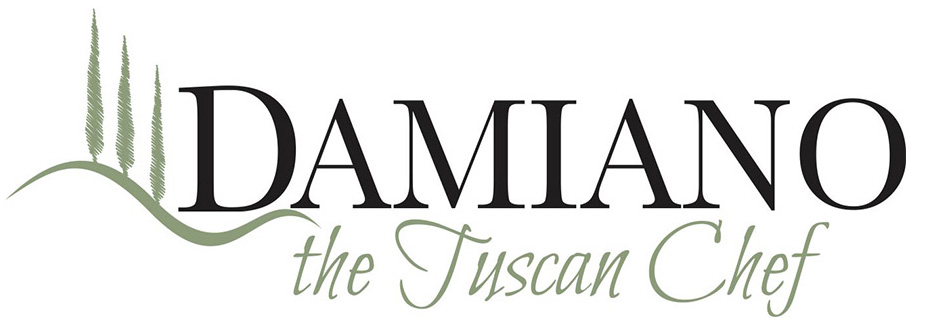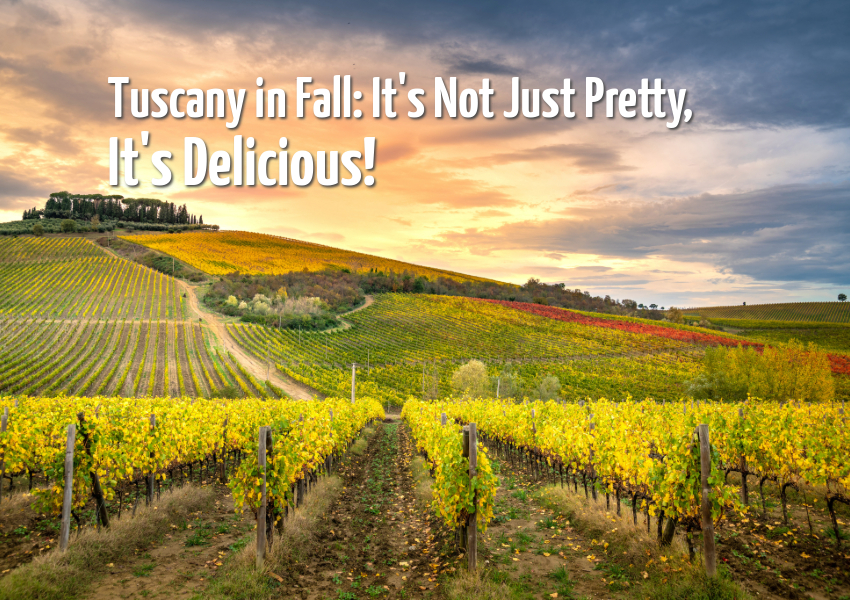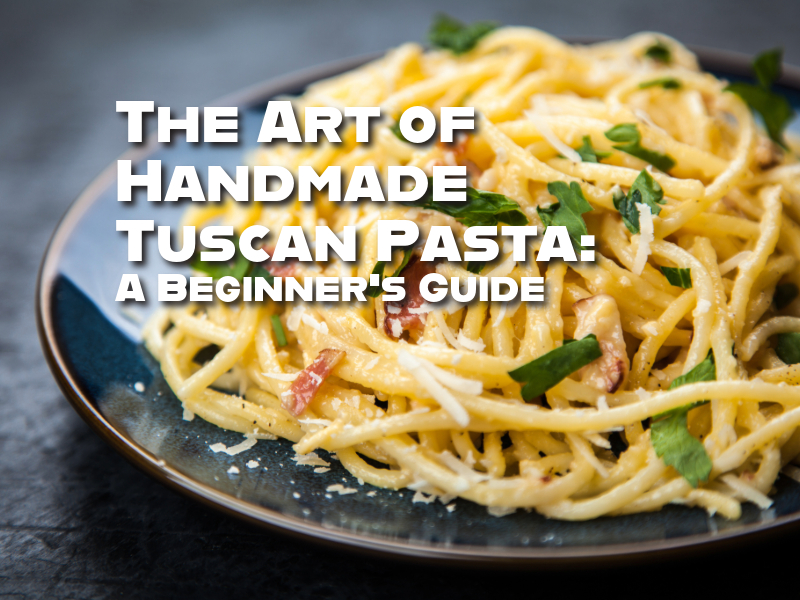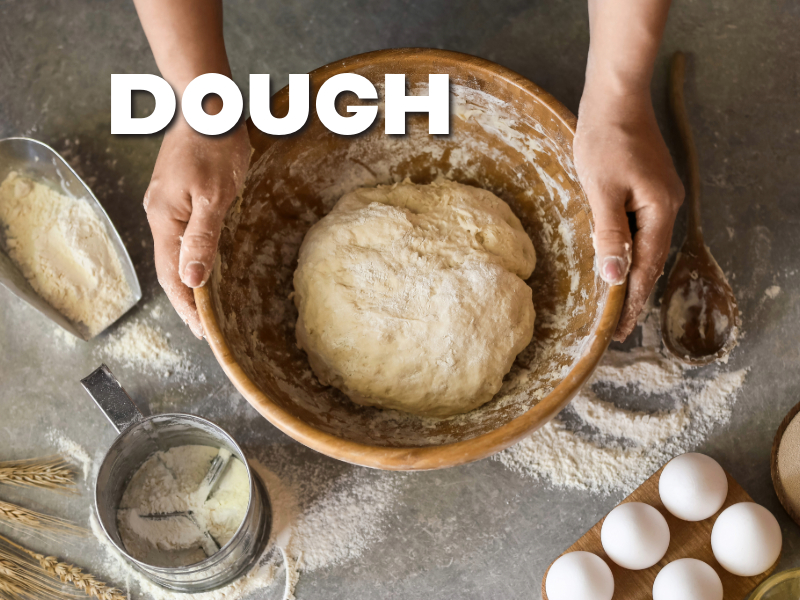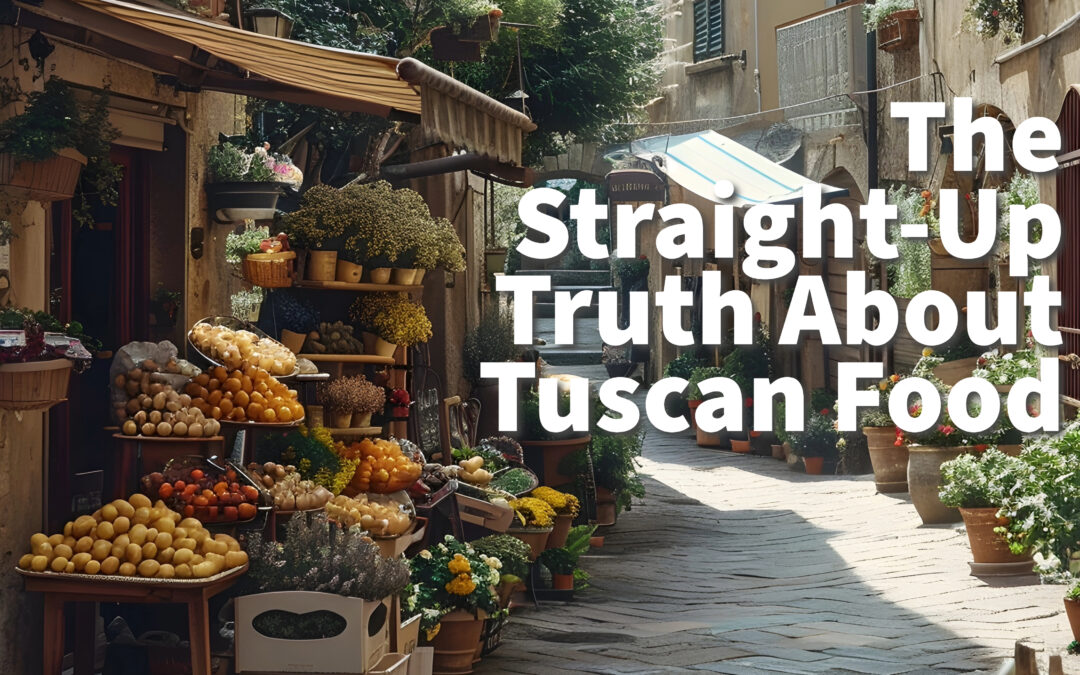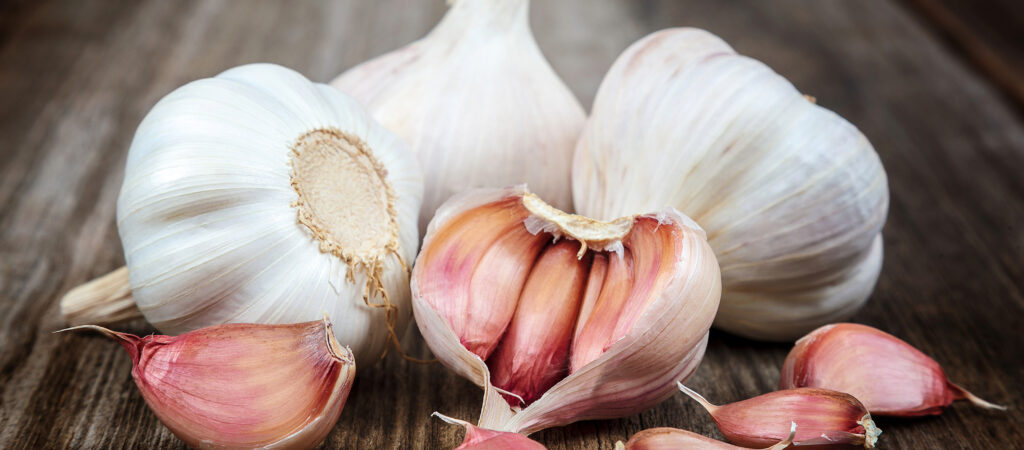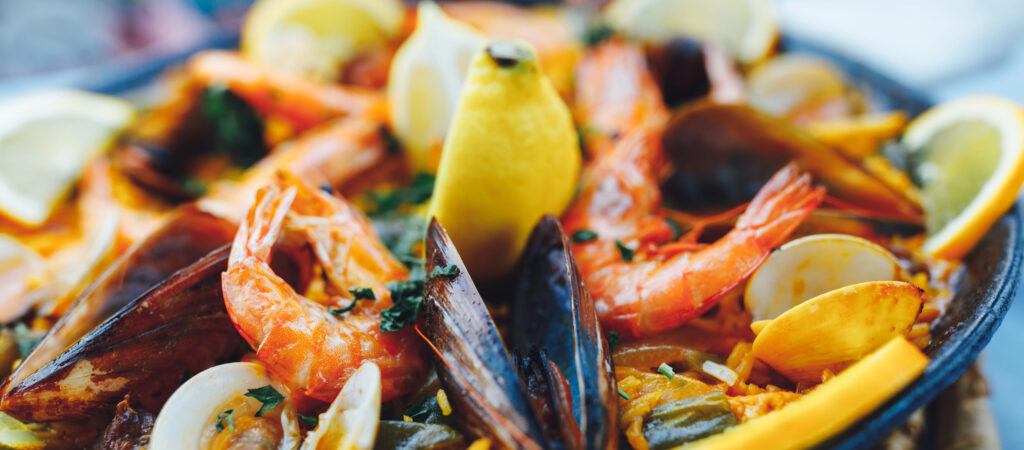
Embracing Winter Flavors in Tuscany
As winter approaches, Tuscany transforms into a place of subtle beauty, marked by misty mornings, tranquil landscapes, and a shift in seasonal produce. For a chef like yourself, winter in Tuscany is an invitation to explore a distinct selection of ingredients and dishes, each deeply connected to the region’s rich history, rustic charm, and traditional flavors. Here, in this season, your culinary artistry shines through warming soups, hearty stews, and vibrant ingredients that reflect Tuscany’s unique response to the colder months.
The Heart of Winter in Tuscany
In Tuscany, winter days tend to be brisk, with temperatures typically hovering between 5°C and 10°C (41°F to 50°F), and nights often dropping below freezing in the countryside. The chillier weather creates the perfect atmosphere for comforting meals that celebrate the bounties of the season.
Winter brings an end to the autumn olive harvest but opens the door to a new array of fruits, vegetables, and hearty grains. You’ll find that the markets are filled with dark leafy greens, robust root vegetables, citrus, and legumes—all of which lay the foundation for rich, nourishing dishes. Tuscan winters also encourage a return to slow-cooked meals, rich broths, and recipes steeped in tradition.
The Essential Ingredients of a Tuscan Winter
Root Vegetables

Wintertime calls for hearty root vegetables like carrots, beets, potatoes, and, most importantly, celeriac and Jerusalem artichokes. These vegetables bring earthy, slightly sweet flavors, providing the depth needed to create rustic, satisfying dishes. A favorite in Tuscany, celeriac is often pureed to make a creamy soup or sliced thinly and roasted as a side dish, its nutty taste elevating any meal.
Leafy Greens
Kale, particularly cavolo nero (black kale), is a Tuscan winter staple. Known for its dark, almost black color and deeply textured leaves, cavolo nero adds a slightly bitter taste to winter dishes, a flavor prized in traditional Tuscan cuisine. It forms the base of Ribollita, a warming Tuscan soup thickened with bread and loaded with beans and vegetables, perfectly suited for cold days. This green is also sautéed with garlic and olive oil, served as a simple side that highlights its hearty flavor.
Beans and Legumes
Beans, especially cannellini and borlotti, are central to winter cooking in Tuscany. They form the backbone of many traditional soups and stews, lending their creamy texture and mild flavor. One of the region’s most iconic dishes, Ribollita, is made with beans, cavolo nero, and vegetables, simmered slowly to bring out a rich and comforting taste. Beans also feature in Fagioli all’uccelletto, a slow-cooked dish of cannellini beans with sage, tomato, and garlic.
Citrus Fruits
Winter citrus, such as blood oranges, lemons, and mandarins, adds a burst of color and acidity to winter dishes. The fresh zest of lemon can brighten up a rich risotto or roasted vegetables, while blood oranges add a beautiful contrast to winter salads or desserts. Citrus fruits are also often used in marinades for winter meats, balancing the richness with a touch of tang.
Chestnuts

Foraging for chestnuts in the Tuscan hills is a winter tradition, and these sweet nuts make their way into a variety of dishes, from chestnut soups and flour for pasta to desserts like Castagnaccio—a rustic cake made with chestnut flour, pine nuts, and rosemary. Chestnuts add a touch of sweetness and a creamy texture, bringing a natural depth to wintertime recipes.
Porcini Mushrooms
While autumn is the peak for fresh porcini, dried porcini are widely used during winter, enhancing soups, stews, and risottos with their deep, earthy flavor. The rehydrated mushrooms work wonderfully in ragùs, giving them a meaty richness that is deeply satisfying on a cold day.
Meat and Game

Winter is also a time for richer, heartier meats such as wild boar, venison, and rabbit, often prepared with wine and herbs in slow-cooked stews. The gamey flavors are balanced with aromatic herbs like rosemary, bay leaves, and juniper, creating dishes that are warming and full of character. Winter is a season when meat and game take center stage, often paired with polenta or crusty bread to soak up the flavorful sauces.
Seasonal Dishes to Warm the Soul
Winter in Tuscany is a time for comfort food, and there are some traditional recipes that you, as Chef Damiano, might particularly appreciate, both for their flavors and their connection to the region’s history.
Ribollita

Ribollita is perhaps the quintessential winter soup in Tuscany. Made with leftover bread, cavolo nero, beans, carrots, onions, and celery, this soup is thick, filling, and deeply nourishing. The name “ribollita” means “reboiled,” a nod to the tradition of reheating the soup multiple times to deepen its flavor. Served with a generous drizzle of olive oil, this dish embodies the rustic simplicity of Tuscan cuisine.
Pappardelle al Cinghiale (Wild Boar Ragu)
A perfect winter comfort food, this dish features wide ribbons of pappardelle pasta covered in a rich, slow-cooked ragù made from wild boar, tomatoes, and a touch of red wine. The robust flavors of the boar are balanced by aromatic herbs and earthy spices, making it a standout dish for cold evenings. Wild boar has a distinctly gamey taste that, when slow-cooked, becomes tender and deeply flavorful.
Castagnaccio
This traditional chestnut flour cake is a true taste of Tuscany. Made with simple ingredients—chestnut flour, water, olive oil, pine nuts, and rosemary—Castagnaccio is slightly sweet with a unique, nutty flavor. Often served with a side of ricotta or drizzled with honey, this dessert is a favorite during the winter months when chestnuts are in season.
Minestra di Farro (Farro Soup)
Farro, an ancient grain, is beloved in Tuscany, particularly in winter soups. Minestra di farro is a thick soup made with farro, beans, and vegetables, simmered to create a hearty, satisfying meal. The grain’s chewy texture and nutty flavor pair beautifully with earthy vegetables and beans, making this soup a nutritious choice for the colder months.
The Role of Olive Oil in Winter Cuisine

Olive oil is the lifeblood of Tuscan cooking, and its role becomes even more pronounced in winter. The freshly pressed olive oil, known as olio nuovo, has a vibrant, peppery flavor that enhances hearty dishes, from soups to roasted vegetables. Its slightly bitter, grassy notes complement the rich flavors of winter produce, adding depth to each dish.
Whether you’re using it to finish a soup, drizzle over roasted meats, or toss with sautéed greens, olive oil brings warmth and authenticity to winter cooking. The intense green hue and pronounced taste of new season olive oil are a reminder of the autumn harvest, even as winter settles in.
How to Approach Winter Cooking as Chef Damiano
Cooking in the winter is about embracing the season’s slower pace and celebrating the natural flavors of the land. As a chef, you can bring warmth to your guests by incorporating Tuscan traditions and ingredients into your winter menu. Here are a few tips to help you make the most of the winter season in Tuscany:
Go Local and Seasonal
Focus on ingredients that are at their peak during winter, such as celeriac, cavolo nero, and chestnuts. Not only will this bring authenticity to your dishes, but it also supports local farmers and producers.
Embrace Slow Cooking
Use this season to slow-cook meats, stews, and soups. The longer cooking times allow flavors to meld and deepen, creating dishes that are richly flavored and comforting.
Highlight Citrus

Incorporate lemon or blood orange zest into your dishes for a bright, refreshing contrast to richer flavors. A hint of citrus can elevate even the heartiest winter meals, bringing balance to the plate.
Experiment with Olive Oil
Use freshly pressed olio nuovo for finishing dishes to bring out the natural flavors. Olive oil can elevate a simple winter dish, adding a finishing touch that’s both rustic and refined.
Don’t Forget the Bread
Tuscan bread, with its lack of salt and dense texture, is perfect for winter meals. Use it to thicken soups, make croutons, or as an accompaniment to robust winter dishes.
Winter as a Time of Reflection and Tradition
Winter in Tuscany isn’t just a season; it’s a time for reflection, for savoring the simple pleasures of life, and for appreciating the depth of flavors that emerge from the earth. Your winter cooking can be a celebration of this tradition, connecting your guests to the history and landscape of Tuscany through every bite.
In Tuscany, winter cuisine is as much about the experience as it is about the food. The cozy warmth of a kitchen, the smell of herbs and olive oil, and the depth of flavors created by slow cooking—these are the elements that define winter dining here. As a chef, you have the opportunity to bring this experience to life, crafting dishes that tell the story of the season and the land.
